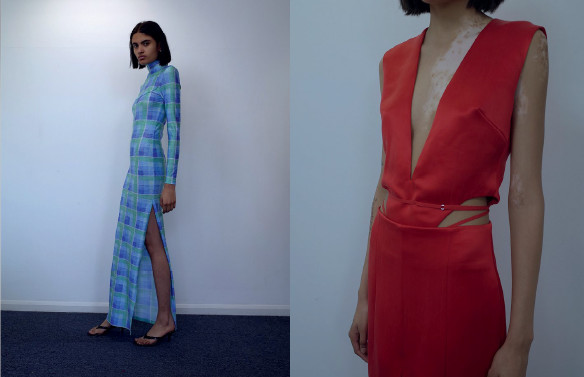FROM AN IRANIAN MILLINER CRAFTING FANTASTICAL HATS THAT RESEMBLE SCULPTURE TO A GENDER-FLUID HONG KONG LABEL CHALLENGING TRADITIONAL NOTIONS OF MASCULINITY, THE SEVEN EMERGING BRANDS FEATURED HERE SHARE ONE THING IN COMMON: FOUNDERS WITH ROOTS IN ASIA – AND BOLD IDEAS THAT THE WORLD SHOULD KNOW ABOUT. KENG YANG SHUEN REPORTS.



COMMISSION

CARO CHIA




BEHATI






MARYAM KEYHANI


SUPRIYA LELE

PENG TAI

PONDER.ER
























